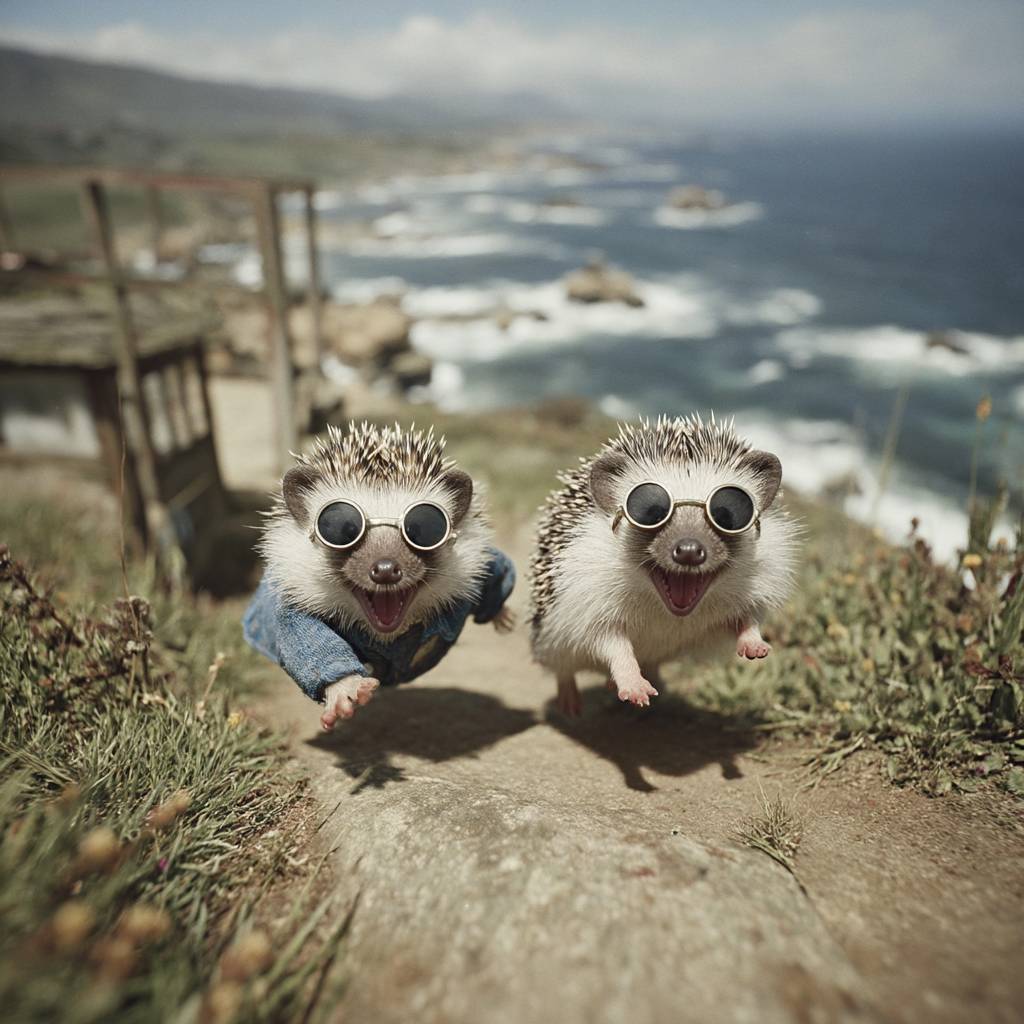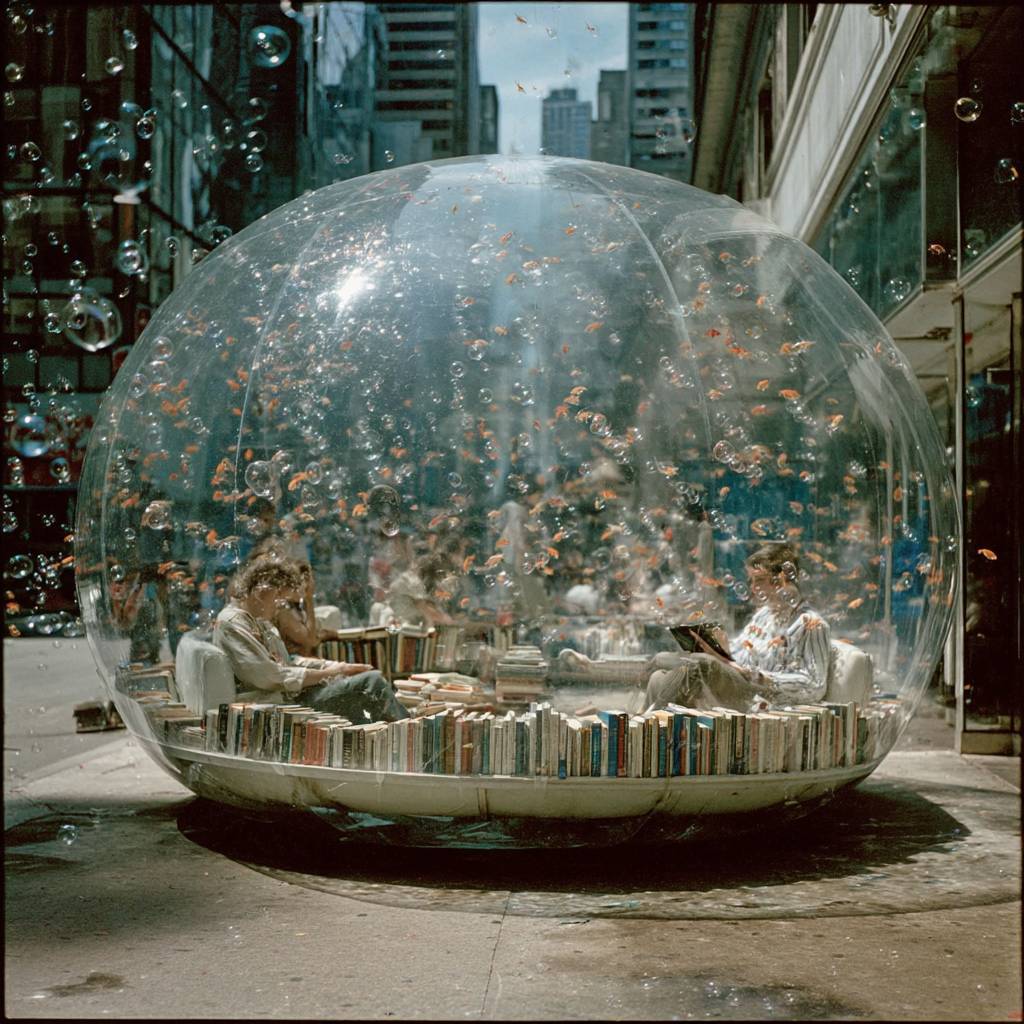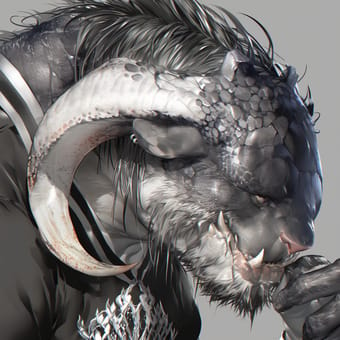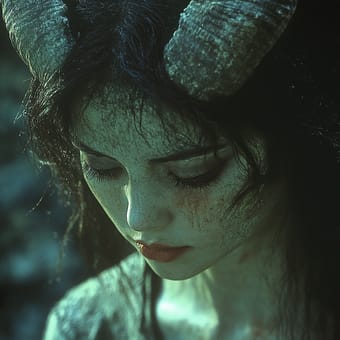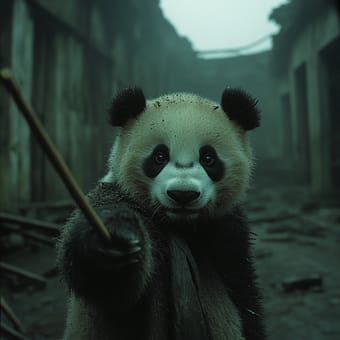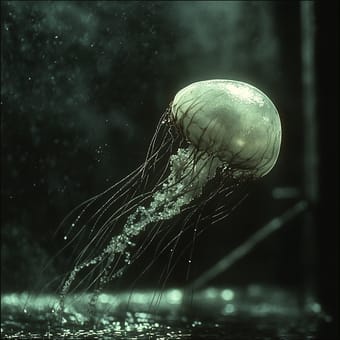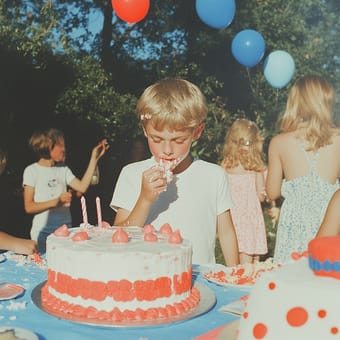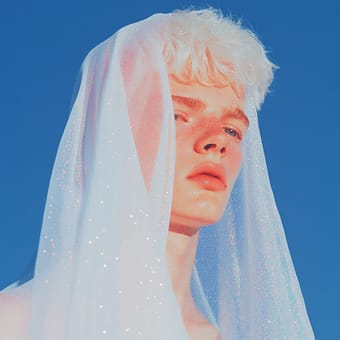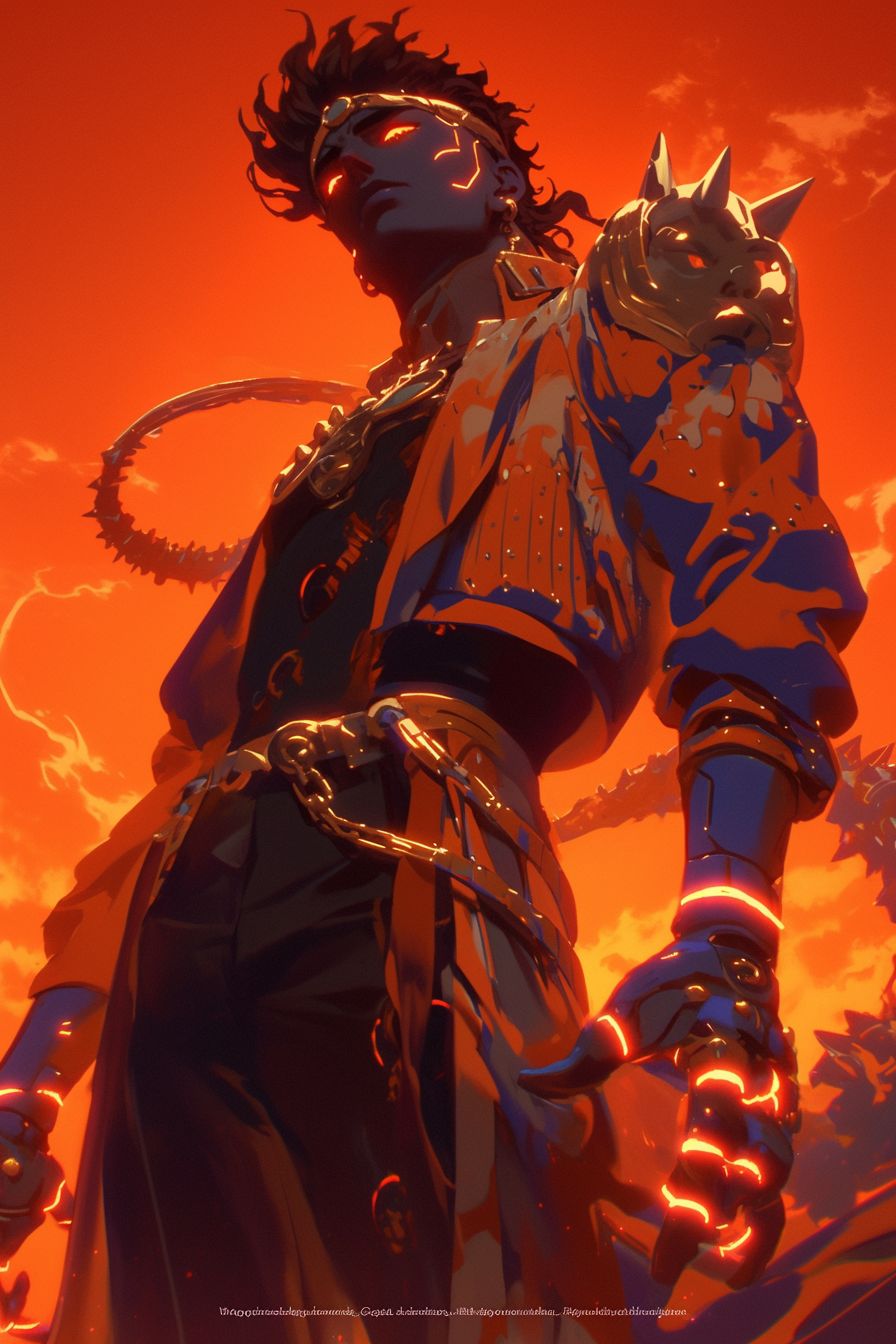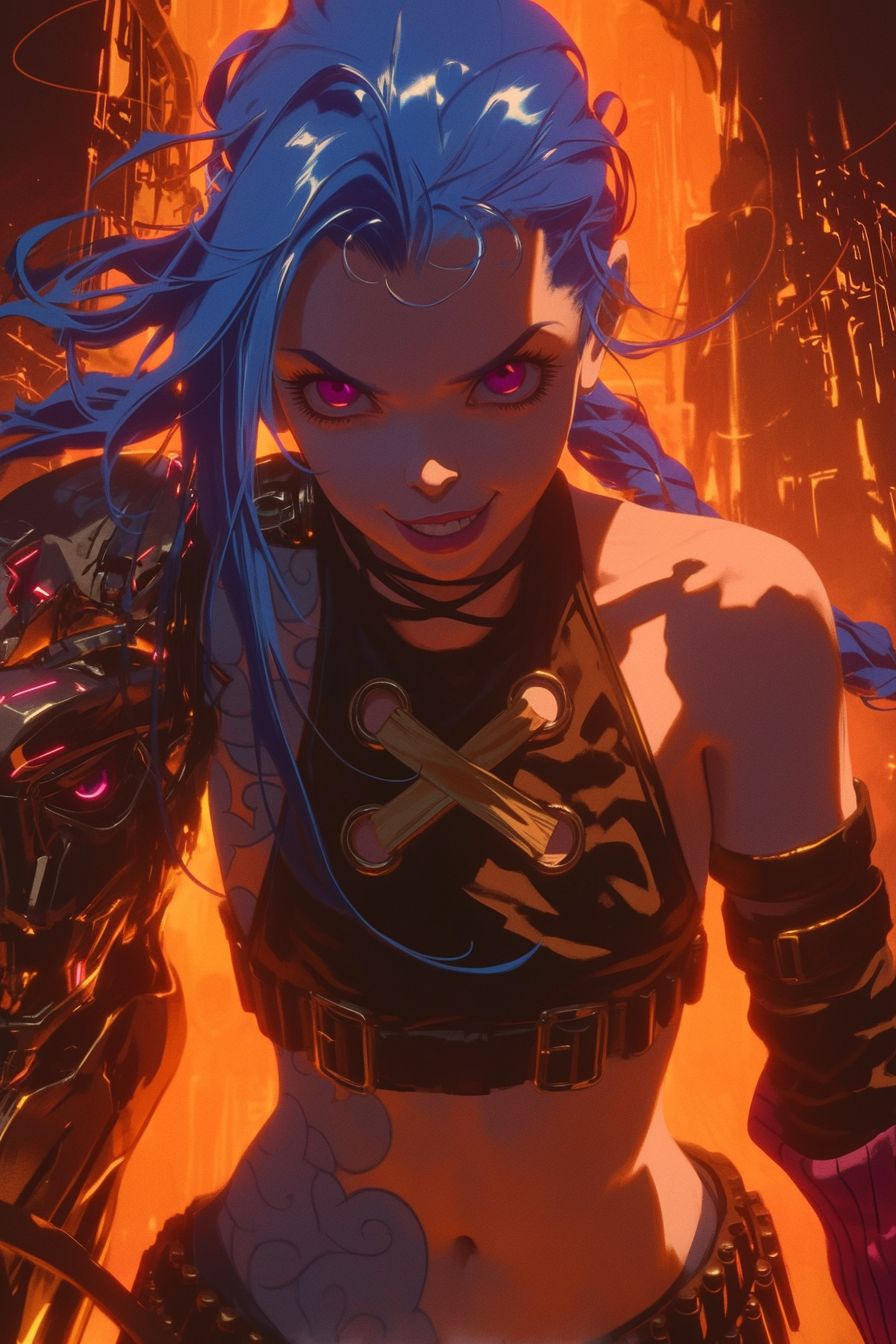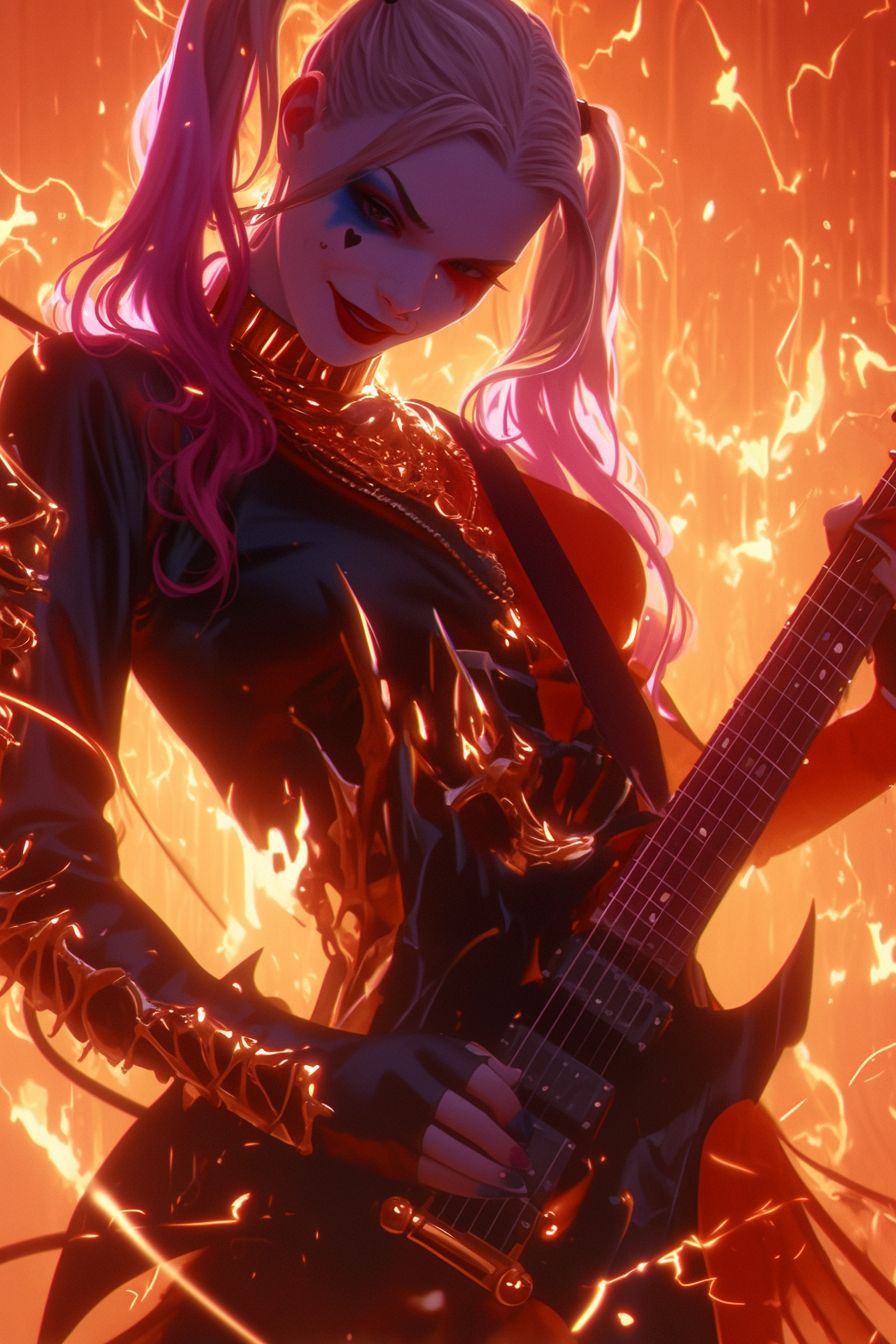Color: The color palettes are naturalistic or slightly muted, featuring a range of earthy tones, greens, browns, blues, and skin tones, often with warm highlights (like firelight or the glow of sunlight). Colors are applied with visible texture, mimicking paint, pastel, or colored pencil strokes, contributing to the illustrative feel. The overall color scheme is warm and grounded, with color used to define form, texture, and subtle variations in light, enhancing the sense of authenticity and observation.
Lighting: Lighting is often directional and feels observed from reality, creating soft shadows and highlights that sculpt forms and reveal textures. There's a sense of ambient light from the environment, with stronger light sources used to create focus and atmosphere, such as the warm glow from a window at night or bright sunlight on a face. The lighting feels deliberate but not overly dramatic, contributing to the realistic yet painterly quality and the overall sense of quiet presence within the scenes.
Design Technique: The styles emphasize detailed rendering of textures (fabric, fur, skin, wood, metal) and forms, achieved through visible brushstrokes, pencil marks, or digital equivalents that retain a handcrafted feel. Compositions vary widely, focusing on individual subjects or small vignettes, often framed to highlight expression, a specific detail, or a moment in time. Subjects range from human figures with individual character to anthropomorphic animals and quiet nature scenes, all rendered with a sense of dignity and quiet observation. The style blends detailed realism with a clear, illustrative hand. The styles convey a sense of grounded authenticity, subtle storytelling, character authenticity, and a thoughtful, artistic observation of the world and its inhabitants.
 라이브러리
라이브러리
